Behind the Music: 6 Iconic Locations From Classic Album Art

Missing: one giant pig. (Photo: Atlas Obscura)
As music becomes an almost exclusively digital commodity, the days of indelibly iconic album art may be a thing of the past. Yet the look of some record covers are so iconic that they continue to define what an unforgettable album design looks like. Many of the most memorable covers feature places in the real world that you can still visit. So plug in your headphones and take a look at six locations from iconic album covers.
BATTERSEA POWER STATION
From: Pink Floyd’s Animals
This massive Art Deco power plant was built in 1929 to provide coal power to a large portion of London. However it is better remembered today as the backdrop on the cover of Pink Floyd’s Animals, where it framed a giant floating pig. The plant has been dormant since the 1980s, but thanks to its notoriety, it’s been saved from demolition a number of times. That’s the power of music, or at least its packaging.

Oh, no, found it. (Photo property of EMI Records)
GIANT’S CAUSEWAY
From: Led Zeppelin’s Houses of the Holy
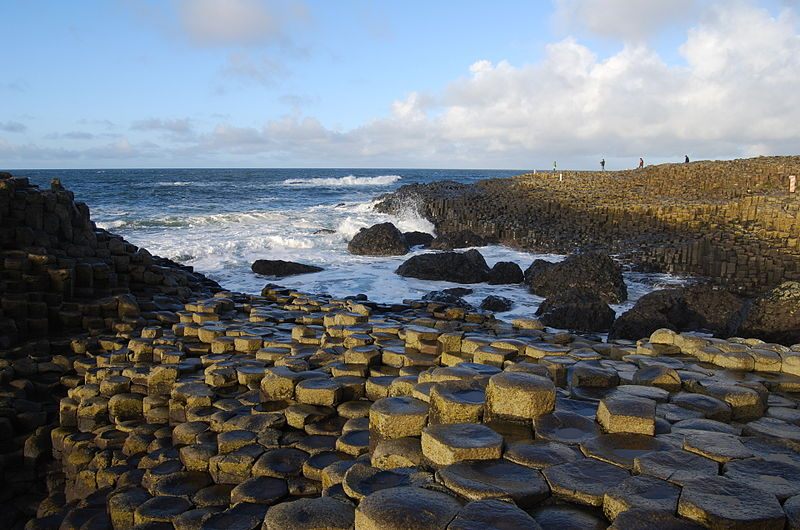
No quarter. All hexagons. (Photo by Commonist on Wikipedia)
Ireland’s hexagonal stone formation known colorfully as the Giant’s Causeway, truly looks like an otherworldly landscape. Thus it comes as no surprise that fantasy-rock gods, Led Zeppelin chose the site to be the cover for their fifth album. Adding to the alien air that the site naturally exudes, a number of naked children were made to climb on the rocks and the colors were drastically altered. Yet no amount of photo trickery is able to hide the natural wonder of this angular field.
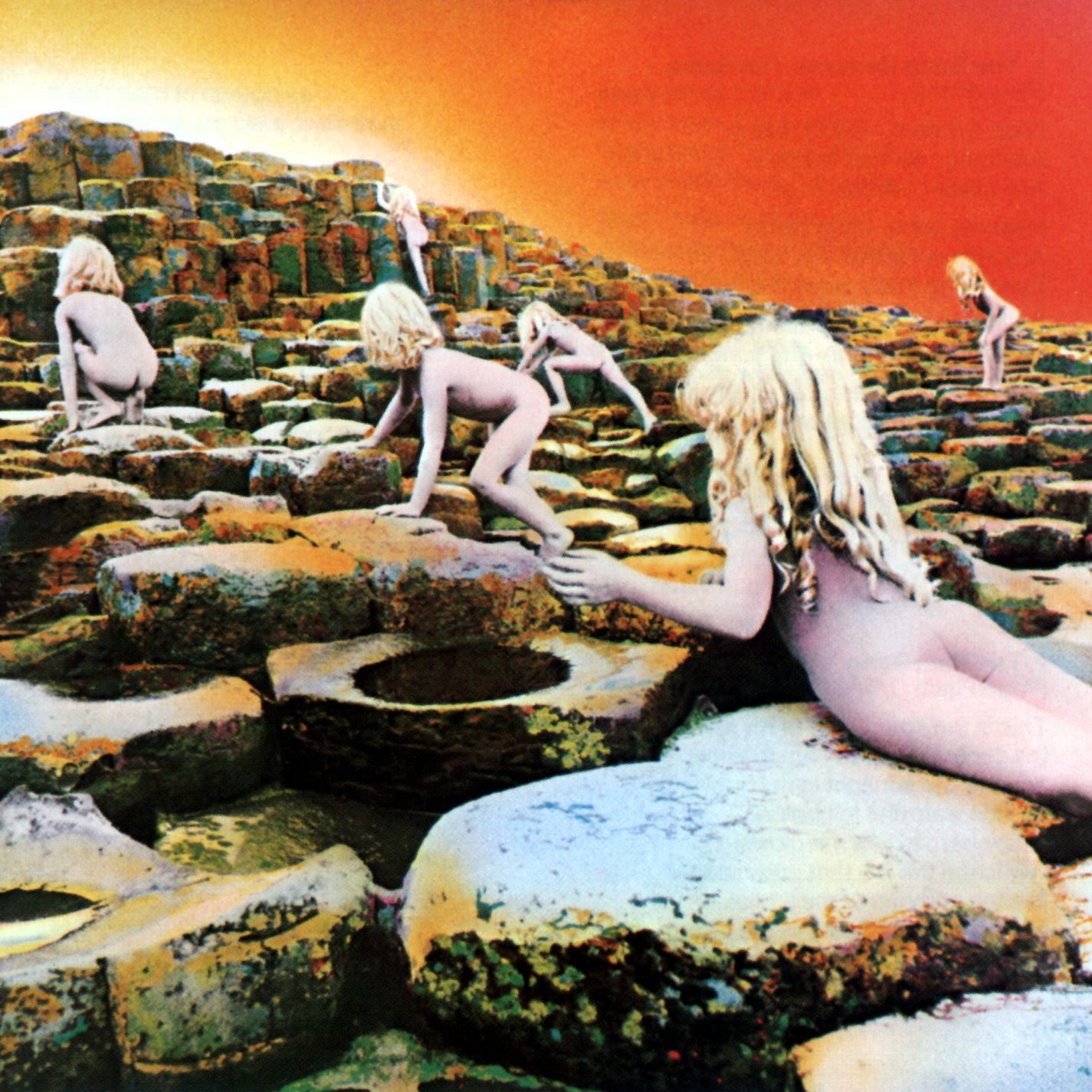
The song may remain the same, but thanks to erosion, the Giant’s Causeway is constantly changing. (Photo property of Atlantic Records)
ELLIOTT SMITH’S TRIBUTE WALL
From: Elliott Smith’s Figure 8
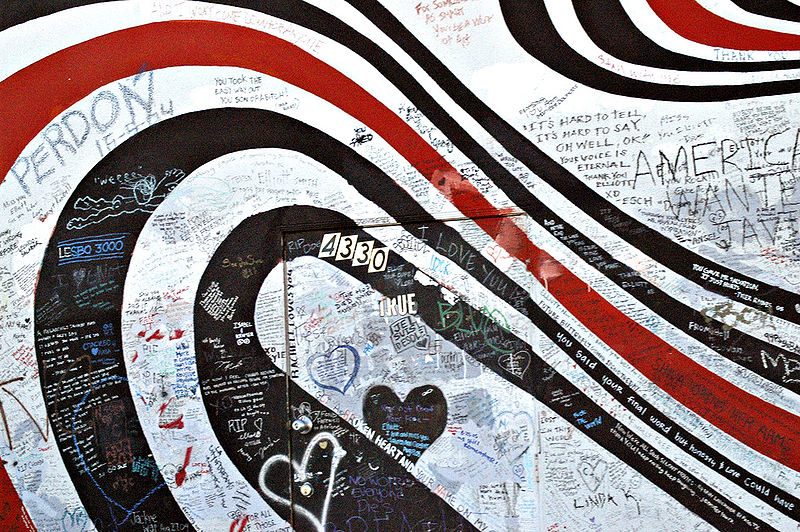
Wouldn’t momma be proud? (Photo: MacLeod on Wikipedia)
Located on Sunset Boulevard in Los Angeles, the swirling bit of wall art that became forever linked with the image of troubled troubadour Elliott Smith can still be found nearly 15 years later. Instead of disappearing under civil whitewashing or graffiti, the wall has become a memorial site for the late singer who killed himself in 2003. Fans come and write lyrics or personal notes on the wall, often even touching up the colorful waves.

I see color bars. Well, swirls, really. (Photo property of Dreamworks Records)
SALFORD LAD’S CLUB
From: The Smiths’ The Queen is Dead

Frankly, Mr. Shankly, I think I remember this place from that Smiths picture. (Photo: Niklas Pivic on Flickr)
While this site was not actually featured on the outer cover of The Smiths’ album The Queen is Dead, the band took a photo standing in front of it for the inside cover. This iconic photo of the musicians standing in front of the historic boy’s club catapulted not only the club to national fame, but the band as well, invoking the sassy delinquent attitude that both are often associated with.
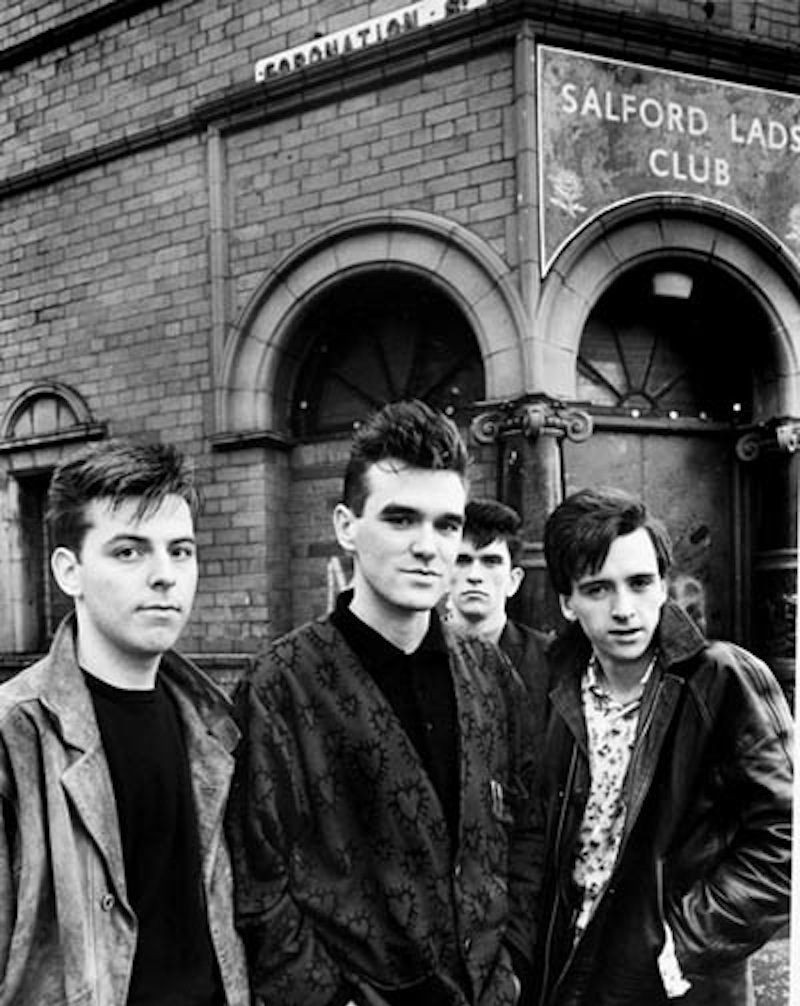
Each of these boys has a thorn in their side. (Photo property of Rough Trade Records)
THE BURRA HOMESTEAD
From: Midnight Oil’s Diesel and Dirt

Someone has been paying the rent. Been paying their fair share. (Photo: Chris Fithall on Flickr)
Little more than a ramshackle farmhouse, this isolated home in south Australia has become nearly instantly recognizable as the building from Midnight Oil’s album Diesel and Dirt. The stark image of the homestead evoked the sunburnt Australian countryside that the band was associated with at the time. Today the little farm looks much the same as it did in 1987. It is on private property but serious M.O. fans can still see it from the road.
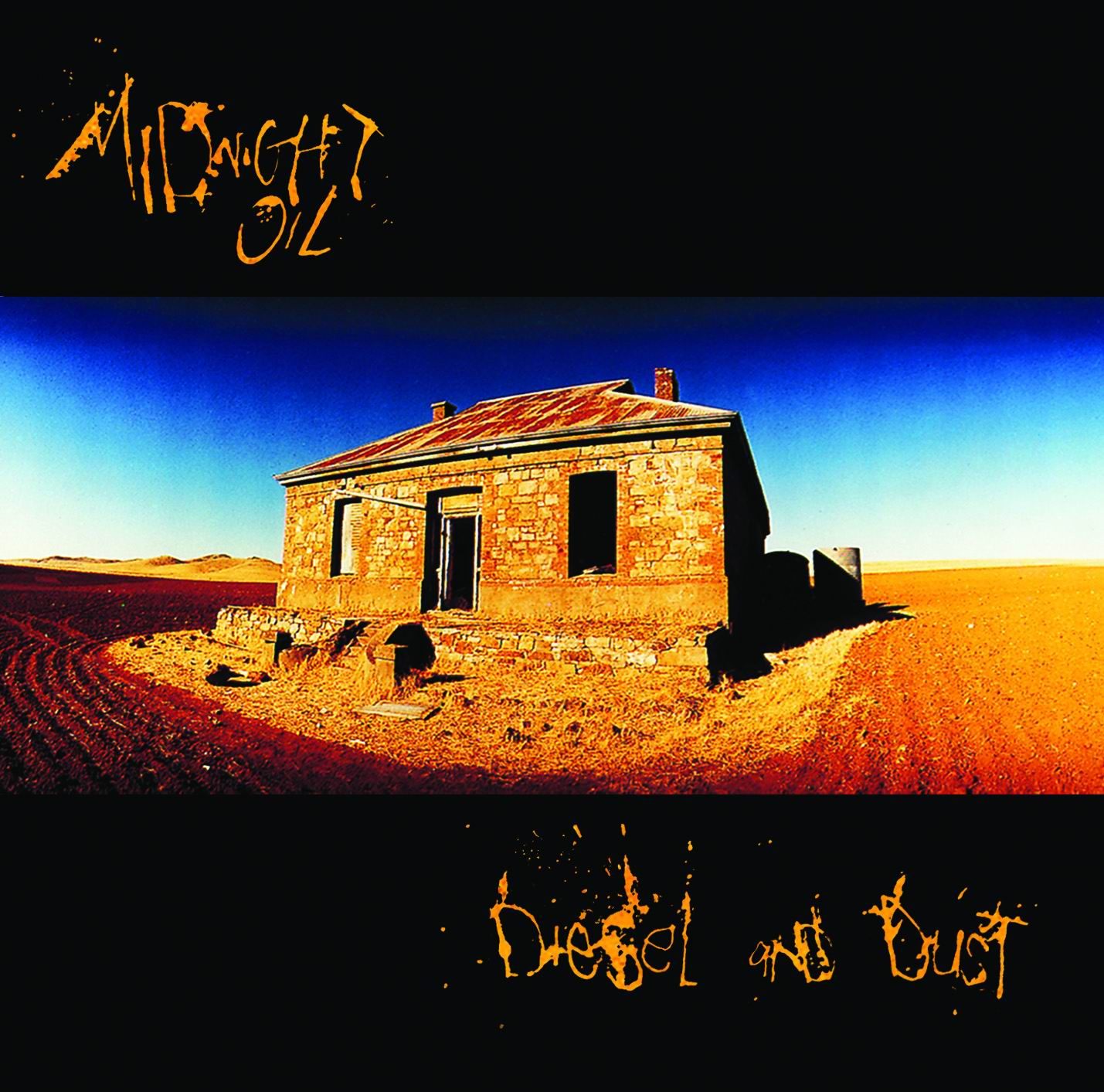
Its hard to get a good night’s sleep when your bed is burning. (Photo property of Columbia Records)
U2 JOSHUA TREE WRECKAGE
From: U2’s The Joshua Tree
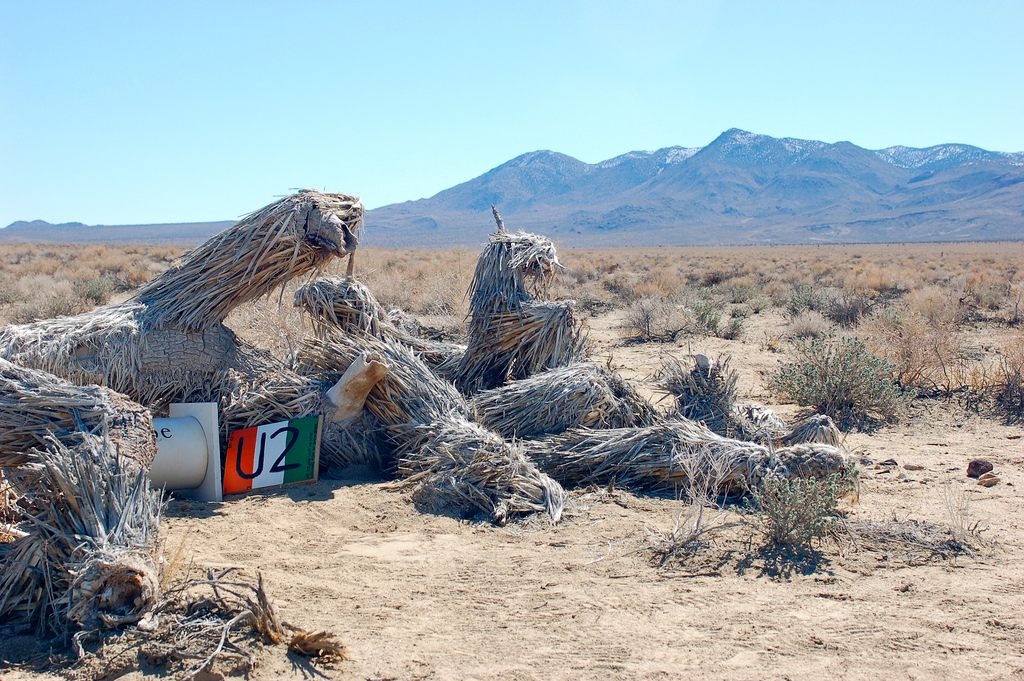
Did you find what you’re looking for? (Photo: jcookfisher on Flickr)
U2 took the name of their fifth album from the American desert plant of the same name, and unsurprisingly took the album’s art photos in front of one. With the success of the album, the tree that was featured in the photos became a popular site for fans who could find it (there is a common misconception that the tree sits in Joshua Tree National Park, but it is actually hundreds of miles away). The tree fell down some time around 2000, but it is still visited by fans who leave little tributes, plaques and message in the rocks. In 2015 someone even went and hacked off a souvenir cross-section.
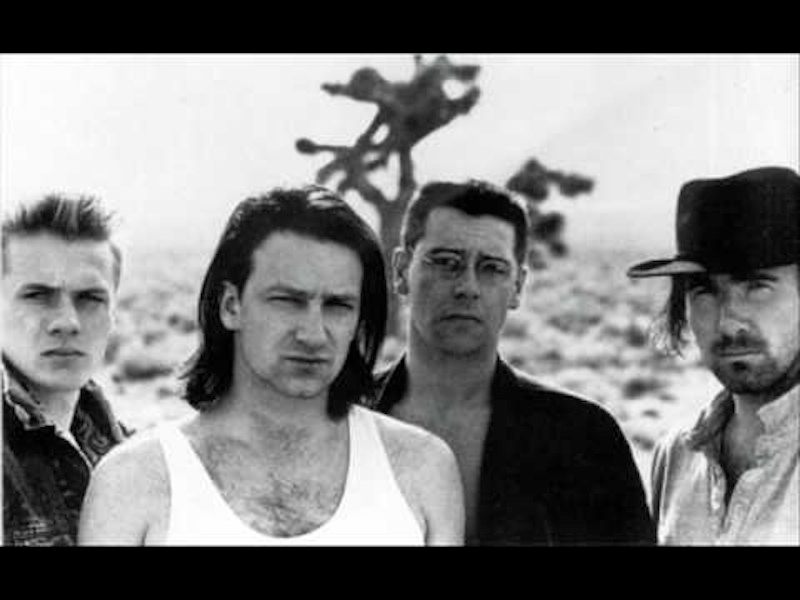
Oh, there it is. Behind you. (Photo property of Island Records)

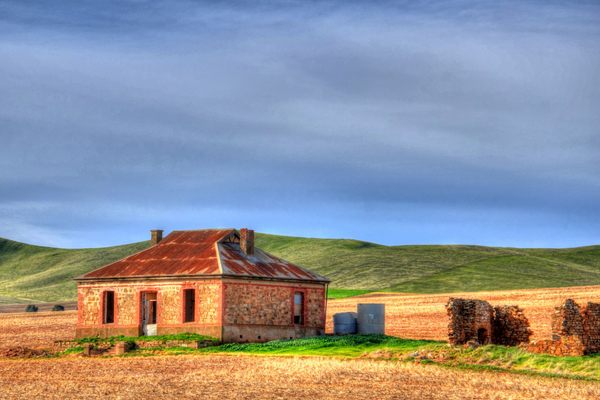
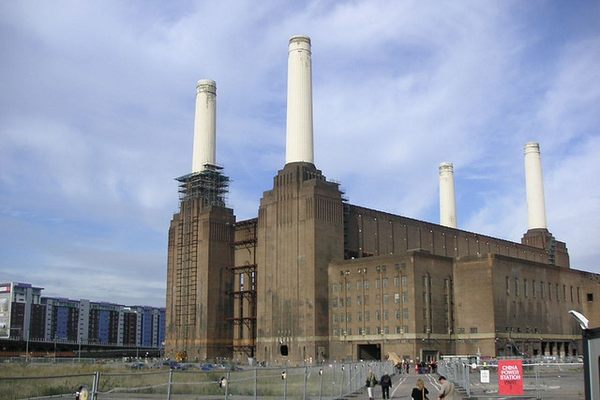


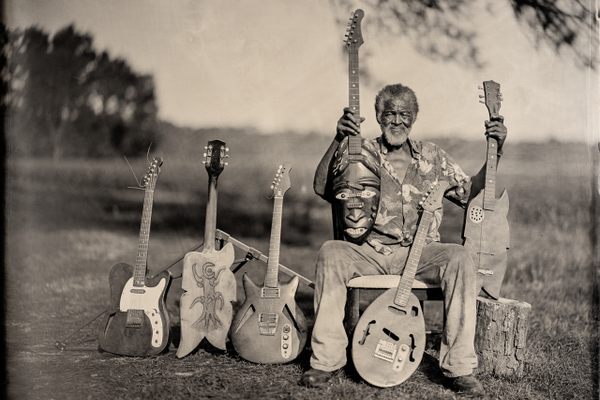










Follow us on Twitter to get the latest on the world's hidden wonders.
Like us on Facebook to get the latest on the world's hidden wonders.
Follow us on Twitter Like us on Facebook